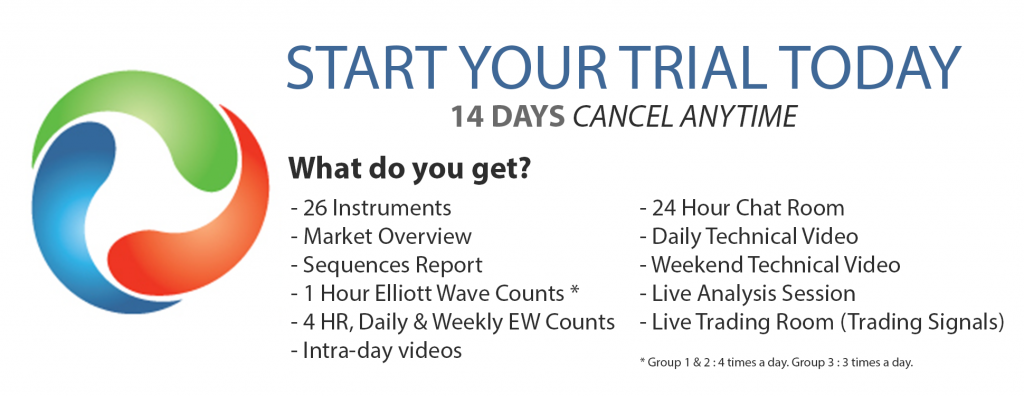The Relative Strength Index (RSI) is a very popular momentum based indicator that is specifically used within technical analysis by market technicians. It measures the speed and magnitude of an instruments most recent price changes to evaluate overbought or oversold conditions in the price. Developed by J.Welles Wilder Jr in the late 70s as a line graph based oscillator.
Why do traders use them?
Traders can use RSI to predict momentum and behaviour of a financial instrument. It helps traders validate trends and trend reversals. Easy to spot whether an instrument is overbought or oversold. It can in some cases support other indicators as well. Finally, we can measure whether momentum is running out of steam by price and the RSI diverging against each other.
RSI are usually plotted at the bottom of the chart so they can compare the line graph with the price action of the instrument it is measuring.
RSI Divergences
One of the most common ways RSI are praised to be used are for spotting divergences. In a bullish trend, when price is extended and forming new higher highs – the intervals between each high may get smaller and shorter as price progresses. The RSI would measure this and start forming lower lows, therefore diverging against the main price action. This would give us an indication that the instrument’s trend is running out of momentum.
To learn more about divergences – you can refer to this article i.e. How Momentum Indicator is used with Elliott Wave
Most Common settings used
Relative Strength Index is set to measure the price to the last 13 days of price action with levels set between 30 and 70. Relative Strength Index above or below this level is considered to be either overbought or oversold in technical terms but we at Elliottwave-Forecast don’t use RSI for overbought or oversold readings. Instead, we use it look for divergence in an Impulse wave and also in 5th swing of a 7 swing structure or look for divergence getting erased in a 7 swing structure (double three Elliott Wave structure)
Here are EWF – we primarily use Elliott Wave to label our charts to provide context of the individual waves. However, we use indicators such as the RSI and the Stochastic indicator to measure momentum. Next week I will be covering the Stochastic indicators.
Back


